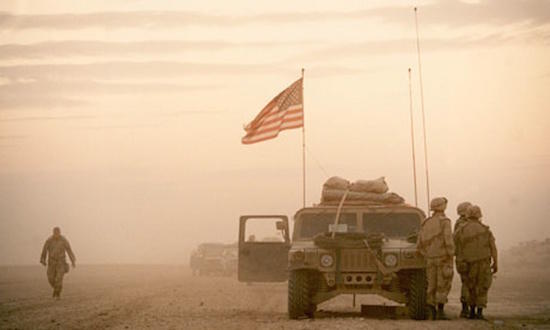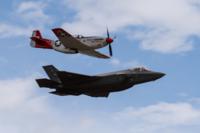Remember The First Gulf War? Persian Gulf War? Desert Storm and/or Desert Shield? They’re all the same war. Whatever we call it now, it was the war which expelled Iraqi troops from Kuwait, checked a decade of Saddam Hussein’s aggression toward his neighbors, and broke the looming spectre of Vietnam which loomed over the U.S. military.
U.S. troops had seen smaller actions in before that time, but nothing like the scale and scope of a real “mother of all battles,” pitting Saddam’s Iraq vs. the United States and its UN-mandated coalition partners.
“Yours is a society which cannot accept 10,000 dead in one battle.” — Saddam Hussein, July 25, 1990.
“This will not stand, this aggression against Kuwait.” — President George H.W. Bush, Aug. 6, 1990.
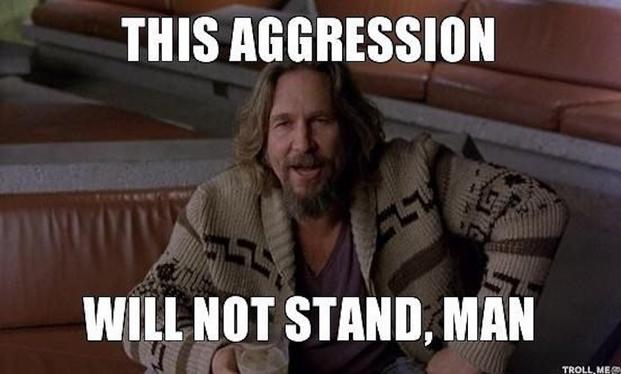
The conflict is now just over 25 years old. It probably seemed like a quick victory, one unlikely to have lasting effects in the annals of history, but little did we know it was just setting the stage for the region’s next 30 years. There was no way to predict this war would even happen. In 1990, President Bush (41) was unable to shake off the “wimp” moniker bestowed on him by Newsweek in 1987.
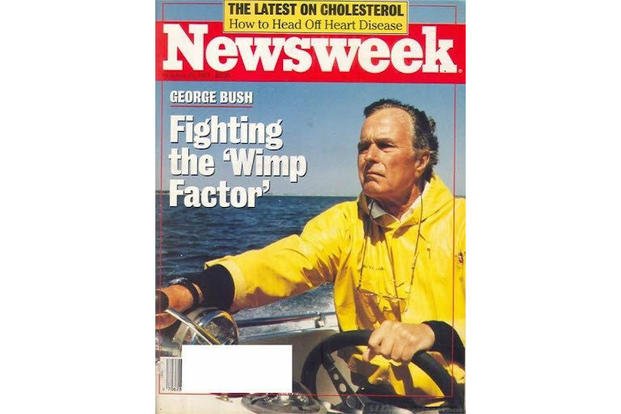
In the post-9/11 world, the events leading up to and after the conflict came to lasting importance. Today, U.S. troops have come and gone, come and gone, come and gone from Iraq. The country has become America’s enduring sidepiece. Then Operations Northern Watch and Southern Watch gave way to Operation Iraqi Freedom and with it Bayonet Lightning, Red Dawn and countless others who themselves gave way to Operation Inherent Resolve. There are troops in Iraq today who weren’t yet born when Saddam first captured the Kuwaiti oil fields, and Saddam himself didn’t live to see this day.
Here are 21 facts about your daddy’s Iraq War.
1. The Iran-Iraq War led to Iraq invading Kuwait.
Iraq owed $80 million in foreign debt from its 1980-1988 war with Iran. Saddam Hussein demanded Saudi Arabia and Kuwait forgive $30 billion in Iraqi debt, which he saw a result of protecting Kuwait from Shia Iranian forces for eight years. He then accused Kuwait of stealing Iraqi oil through slant drilling.
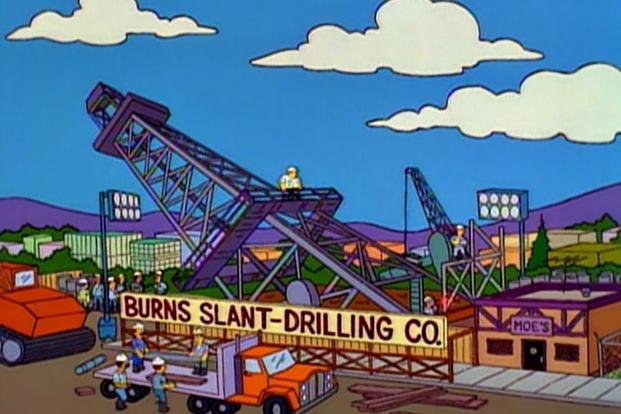
Since Iraq’s economy depended on oil sales, Saddam hoped to repay its debts by raising the price of oil through OPEC oil production cuts, but instead, Kuwait increased production and repeatedly produced more than its quota, lowering prices in an attempt to leverage a better resolution of its border dispute with Iraq.
2. In 1991, Iraq had the fifth largest army in the world.
It’s true, Iraq’s armed forces boasted more than a million men in uniform in 1991, but only a third of those were skilled professional fighting forces. Saddam Hussein invaded Kuwait with 120,000 of these and 2,000 tanks. After the Gulf War started, he concluded Iraq’s peace with Iran and raised his occupying force levels to 300,000. Iraq conscripted three fourths of men between ages 15 and 49. Even so, Iraq’s Air Force was large but weak and its Navy was “virtually nonexistent.”
3. Saddam thought the United States gave him the okay to invade Kuwait.
President Bush’s Ambassador to Iraq was April Glaspie, who, in a meeting with the Iraqi dictator, stressed to him that the U.S. did not want a trade war with Iraq. Saddam reiterated his commitment to peace in the region, so long as the Kuwaitis agree to meet OPEC production standards. Ambassador Glaspie told Saddam:
“But we have no opinion on the Arab-Arab conflicts, like your border disagreement with Kuwait. I was in the American Embassy in Kuwait during the late 1960s. The instruction we had during this period was that we should express no opinion on this issue and that the issue is not associated with America. James Baker has directed our official spokesmen to emphasize this instruction.”
When nothing changed in Kuwait and Egyptian diplomacy failed, Saddam began the invasion. Saddam, frequently emphasizing a desire for U.S. friendship, was surprised to find his actions condemned by President Bush. When asked later why she said that to Saddam, Glaspie said: “We had no idea he would go that far.”

4. Saddam thought Arab states would be okay with Iraq annexing Kuwait.
The invasion happened during the first Palestinian Intifada, which enjoyed wide Arab support. As Palestinians tried to shake off Israeli occupation, Saddam tried to appeal to pan-Arab nationalism by being the strongman who would stand up to the West and Israel. He reasoned that the British illegally cut Kuwait out of greater Iraq in the 19th century and he was trying to right a Western wrong. The Arab League was not okay with this.
Egyptian President Hosni Mubarak tried to negotiate a treaty to avert a war, but Saddam walked out after two hours. His forces invaded Kuwait on August 2, 1990. Two-thirds of the Arab League states joined the UN in a resolution condemning the invasion as King Fahd of Saudi Arabia and Kuwaiti leaders asked NATO for help. Iraq annexed Kuwait as its 19th province with Ali Hassan al-Majid (aka “Chemical Ali) as governor.
5. Iraq rolled over Kuwait in two days.
Unlike the Iran-Iraq War (which went on for eight years), Iraq’s Elite Republican Guard (with names which sound like they were made up by an American teenager, like the 1st Hammurabi Armored Division or the 4th Nebuchadnezzar Motorized Infantry Division) swiftly defeated Kuwaiti forces, reaching Kuwait City in an hour.
They either overran Kuwaitis on the ground or forced them (like 80% of the Kuwaiti Air Force) into neighboring Saudi Arabia or the island of Bahrain. Kuwait had not mobilized for war despite Saddam’s constant threats.
Whenever possible, Kuwaitis resisted fiercely, even establishing an underground resistance movement, though it was largely untrained and incapable. In trying to capture Kuwait’s Emir, Iraqis assaulted Dasman Palace, even though the Emir had already left. The Emir’s brother was killed leading the defense of the palace for more than 12 hours, outnumbered by an entire Iraqi division. His body was placed in front of a tank and run over.
6. Iraq occupied Kuwait between August 1990 and January 1991 — and it was brutal.
In that time, the Iraqi forces committed at least sixteen crimes against the Laws of Armed Conflict as outlined in the Geneva and Hague Conventions. Those crimes include running of at least two dozen torture sites in Kuwait City alone, torturing civilians to the point of death and disfigurement. Kuwaiti women were taken hostage and raped repeatedly. Iraqi occupation forces killed at least 1,082 Kuwaiti civilian noncombatants, including women, children, and the mentally handicapped. Then they rigged the oil wells to explode if they were attacked.
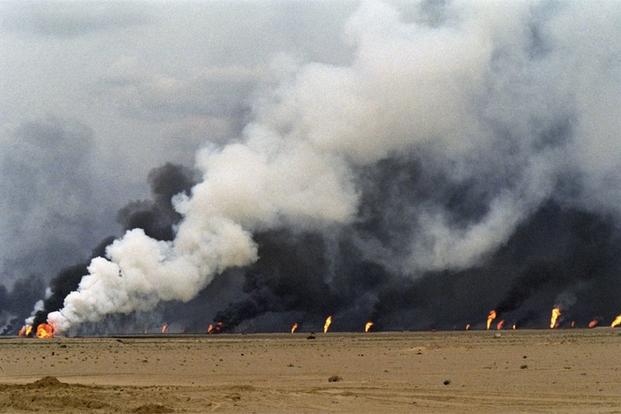
Coalition Forces didn’t begin to expel Iraqis from Kuwait until January 1991, after the UN-mandated January 15th withdrawal deadline. Once Coalition forces and Iraqi forces met in the field, the Iraqis committed more war crimes. Among them, they pretended to surrender to U.S. Marines, then opened fire on them. Iraqis would disguise themselves as civilians and then ambush Coalition forces. Iraqi troops also tortured prisoners of war.
7. The U.S. could not have prevented Iraq from invading Saudi Arabia.
Shortly after the Iraqi invasion of Kuwait, the UN passed resolutions condemning it, calling for the removal of Iraqi troops, and the nullification of Iraq’s annexation. Desert Shield began as the U.S. and the Coalition took six months building up air and naval forces in the region, enforcing the UN blockade of Iraq and U.S.-imposed sanctions. Until the buildup, however, Iraqi forces would have easily overwhelmed the Saudi defenses. Why Saddam didn’t immediately press his advantage is unknown.
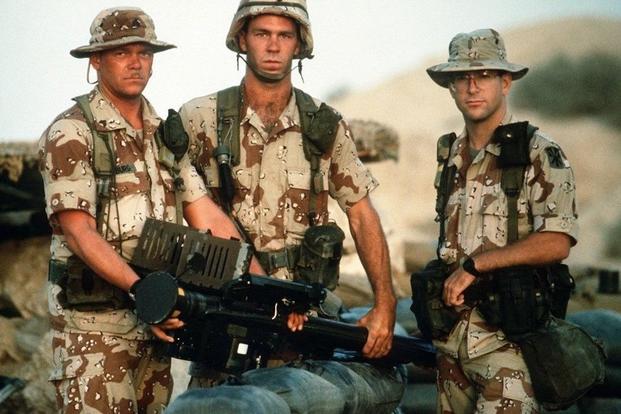
Iraqi forces invaded Saudi Arabia at the January 1991 Battle of Khafji, capturing the city on the night of 29 January. By this time, however, it was far too late. Coalition forces had more than enough troops and hardware to repel the Iraqis. The attacks were fought off by U.S. Marines, Army Rangers, and Coalition aircraft and the city was soon recaptured by Saudi and Qatari forces, backed by U.S. airpower.
8. The Coalition built fake bases and units to dupe Iraqis into defending the wrong area.
The coalition used deception cells to create the impression that they were going to attack near the Kuwaiti “boot heel,” as opposed to the strategy actually implemented. The Army set up FOB Weasel near the opposite end of the Kuwaiti border, which was a network of fake camps manned only by several dozen soldiers. With computer-controlled radios, messages were passed between fictitious headquarters sections. Smoke generators and loudspeakers playing prerecorded tank and truck noises were used, along with inflatable Humvees and helicopters.
9. Gen. Norman Schwarzkopf commanded a force larger and more complex than the D-Day invasion in WWII and didn’t want a ground war.
“Stormin’ Norman,” as he came to be known, was a highly-decorated and respected Vietnam War veteran. He commanded a Coalition of 670,000 personnel from 28 countries, along with combined Naval and Air Forces, with 425,000 troops from the United States. According to his memoirs, he implemented his operational plan to defend Saudi Arabia and expel Iraq from Kuwait using Gen. Colin Powell’s (then Chairman of the Joint Chiefs of Staff) doctrine of overwhelming force and incorporated Montgomery’s desert armor tactics from the second battle of El-Alamein in World War II, all in an effort to minimize casualties on both sides.
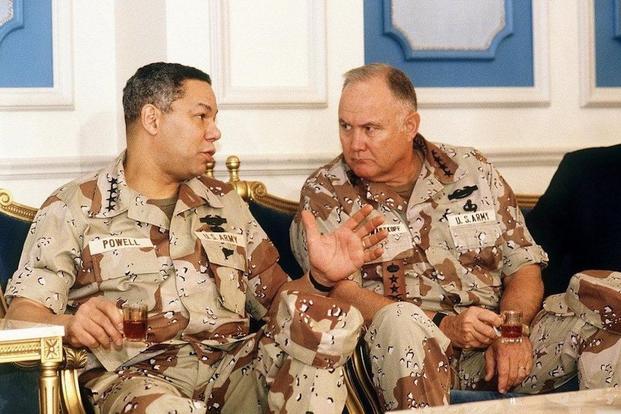
“I hate war. Absolutely, I hate war,” he once said. “When the war started, we were hoping that they’d come to their senses and stop right then,” he said. “After 38 days, we got to a point where we could launch the ground war and, by that time, they hadn’t withdrawn.” Once begun, the ground war lasted only 100 hours before Iraq capitulated.
10. Desert Storm was a relatively cheap war.
Though the U.S. was the primary supplier, 39 countries contributed men and/or materiel to the Coalition in some significant way. Yeah, that’s Afghanistan in blue down there.
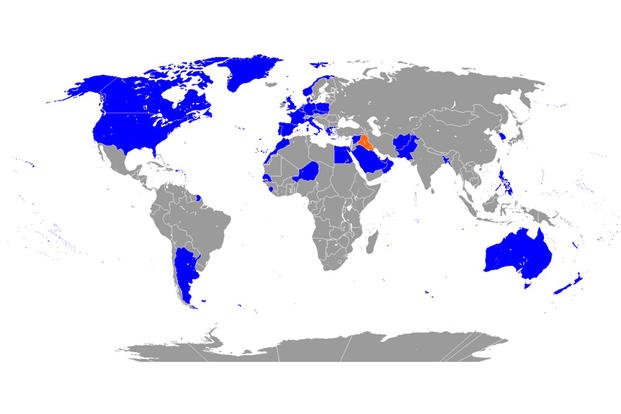
The U.S. Department of Defense has estimated the cost of the Gulf War at $61 billion. Kuwait, Saudi Arabia and other Gulf states covered $36 billion while Germany and Japan covered $16 billion. Still, as a percent of Gross Domestic Product (0.3%), Desert Storm was the cheapest war fought in U.S. history. The greater cost of the war to the region was likely more than $676 billion.
11. Saddam Hussein declared a jihad against the U.S.-led coalition.
Saddam began to convey a more Islamic, religious appearance in Iraqi media, showing himself praying at mosques and supporting the Palestinian cause, hoping to reframe the war as a struggle against Western imperialism and Israeli scheming.
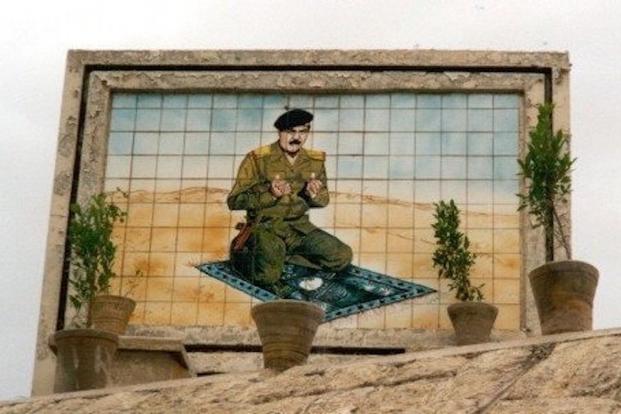
The plan didn’t work. Sheik Abdul-Aziz Bin Baz, the Saudis’ leading interpreter of Islamic law, called Saddam Hussein the “enemy of God.”
12. Desert Storm helped secure a Bill Clinton presidency.
The Iraqi invasion already caused the price of oil to more than double, which led to a worldwide recession in the 1990s and the defeat of George H.W. Bush at the hands of Bill Clinton in the 1992 presidential election, despite being a popular, successful wartime President. Bill Clinton’s election team famously coined the term “It’s the economy, stupid” as their campaign mantra.
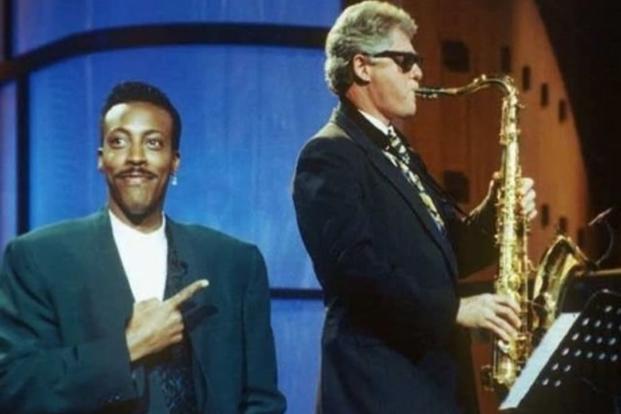
13. Iraq used oil as a weapon.
Smoke plumes from burning oil fields were intended to disrupt coalition aircraft and the heat from fires was expected to slow the advance of coalition troops. Iraqi combat engineers dug trenches filled with oil and ignited them to slow Coalition advances and spilled oil into the Persian Gulf in an effort to keep U.S. Marines from making an amphibious landing. Estimates of Iraqi oil spilled into the Gulf range from 4 to 11 million barrels, several time the size of the Exxon Valdez Oil Spill, and was never cleaned up on Saudi Arabian shores. The 610 oil fires set by Iraq destroyed 85% of Kuwaiti oil wells. The total amount of oil burned is an estimated 1 billion barrels, worth $2.8 billion.
The oil fires took down a Royal Saudi Air Force (RSAF) C-130, killing 92 Senegalese soldiers and the 6 Saudi crew members. They allowed Iraqi Republican Guard units to get the jump on Americans at the Battle of Phase Line Bullet, one of the few Iraqi victories of the war.
14. Israel had the third largest casualty count, despite not being in the war.
Iraq fired Scud missiles at Israel in an attempt to draw the country into the conflict, a move that would force many Arab states in the Coalition to choose between withdrawing or fighting alongside Israel, neither of which were appealing to the Arabs. In response, the U.S. and Netherlands deployed Patriot Missile Battalions to Israel and Turkey to keep Israel from retaliating (The Gulf War marked the first mid-air missile-to-missile interception).

Seventy-four Israelis died as Iraq fired Scud missiles toward Tel Aviv. Many hit the Tel Aviv neighborhood of Ramat Gan which was, oddly enough, a neighborhood of Iraqi expatriates. Strangely, only three Israelis died from the missiles — the rest died of heart attacks or similar ailments as a result of the bombing. Iraq launched some 88 Scud missiles toward Israel and Saudi Arabia over the course of the war.
15. The Air War was one of the most massive, effective air campaigns ever.
The Iraqi Air Force was almost completely annihilated, and was never fully effective. The Coalition massed more than 3,000 airplanes leading up to the January 15th withdrawal deadline. It was the largest airlift effort in history, surpassing even the Berlin Airlift. The U.S. Air Force launched more than 100,000 sorties (air missions) starting on Jan. 17th, 1991 and dropped more than 88,500 tons of bombs.
Iraqis lost 38 MiGs to Coalition air forces, while the rest fled to Iran rather than be shot down. There they were captured and held for years and Iran kept the planes. Coalition laser-guided “smart bombs” still caused hundreds of civilian casualties, even hitting a civilian air raid shelter, then hitting the civilian al-Fallujah neighborhood in Baghdad. When relatives and first responders rushed to the area in the wake of the bombing, they were bombed too.
16. One American pilot was believed missing in action for 18 years after the war.
Coalition forces captured some 70,000 Iraqis throughout the course of the war. At the end of the war Iraq was known to have held a total of 26 allied prisoners: 22 Americans, two Britons, an Italian and a Kuwaiti. Iraq also is believed to have abducted 30-40,000 Kuwaiti civilians. According to Marine Col. Jim Acree, the Iraqis followed the Geneva Convention “for all of 20 minutes.” American POWs were tortured, beaten, and starved. Many of these POWs forcefully appeared in Iraqi Propaganda.
For years afterward, U.S. Navy Lt. Col. Scott Speicher remained missing in action after his FA-18 Hornet was shot down over Iraq, and his flight suit was found near the crash site. Speicher’s remains were found in 2009, and returned home.
“Our Navy will never give up looking for a shipmate, regardless of how long or how difficult that search may be,” said Adm. Gary Roughead, chief of naval operations, in a statement at the time. “We owe a tremendous debt of gratitude to Captain Speicher and his family for the sacrifice they have made for our nation and the example of strength they have set for all of us.”
17. President Bush didn’t press on to Baghdad to abide by the UN Mandate.
President Bush only wanted to do what the UN Security Council authorized. Coalition forces expelled the Iraqi Army from Kuwait by February 27th and President Bush halted all offensive operations. This would be controversial until his son George W. Bush’s presidency, when we learned to respect our elders.

“Had we taken all of Iraq,” Gen. Norman Schwarzkopf wrote in his memoirs, “we would have been like a dinosaur in the tar pit — we would still be there, and we, not the United Nations, would be bearing the costs of that occupation.” In 2007, Colin Powell remarked, “In recent months, nobody’s been asking me about why we didn’t go to Baghdad. Pretty good idea now why Baghdad should always be looked at with some reservations.”
18. More Americans died from HIV infection in 1991 than in Operation Desert Storm.
An estimated 100,000 Iraqi soldiers were killed in the conflict, while the United States had only 383 fatalities in the region. 1991 was the height of the HIV/AIDS epidemic, as infection rates increased 15.3% over the previous year. HIV/AIDS was the ninth highest cause of death in the U.S. that year, killing 29,850 Americans. The number of infected and dead from HIV/AIDS would double by 1993.
19. The First Gulf War brought about the rise of cable news, and thus, cable television.
Media Coverage was very restricted as Coalition commanders feared the horrors of war would lead to another Vietnam syndrome, where the imagery turns the public against war in general. The Pentagon gave regular briefings but few journalists were allowed to visit the front. At the same time, satellite technology allowed for live video of missiles firing off of aircraft carriers and airstrikes on Iraqi targets while night vision camera technology gave the war a futuristic, almost video game like feel. So much so, it came to be dubbed “The Nintendo War.”
Oil covered birds, Coalition war briefings, videos of rockets being shot down chimneys and immediate responses from Kuwaiti and Saudi civilians all made for great television imagery. CNN’s live reporting from a hotel in downtown Baghdad became the main driver of its viewership, as it was the only network broadcasting the war 24 hours a day. Since CNN was only available through cable, subscriptions spiked and pay TV became a permanent facet of American life, the first step in ending the dominance of the “Big Three” networks, ABC, NBC, and CBS.
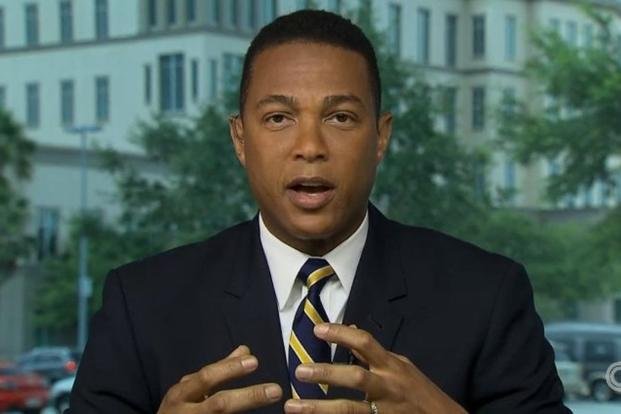
20. The U.S. encouraged uprisings against Saddam’s regime.
President Bush gave speeches hinting the U.S. would support factions fighting against the Iraqi Ba’athist regime. A Shia rebellion began in Southern Iraq in 1991, but was not supported militarily by the U.S. or Coalition forces — even allowing pro-regime helicopters to brutally suppress the rebellion — despite the Southern No-Fly Zone. In the North, Kurdish fighters staged an uprising of their own, but since no U.S. help was forthcoming, Iraqi generals stayed loyal and massacred the Kurds.
21. Saddam Hussein publicly apologized for the Invasion of Kuwait
Sort of. The Iraqi information minister, Mohammad Said al-Sahhaf (who became known as “Comical Ali” or “Baghdad Bob” during the 2003 Invasion of Iraq), who also announced in 2003 that there were no U.S. troops in Baghdad as U.S. troops were rapidly capturing most of the city, read a statement:
“We apologize for what happened to you in the past,” he read for the Iraqi dictator. “The devoted and the holy warriors in Kuwait met with Iraqi counterparts” under their common creator against the “infidel armies” of “London, Washington and the Zionist entity.”
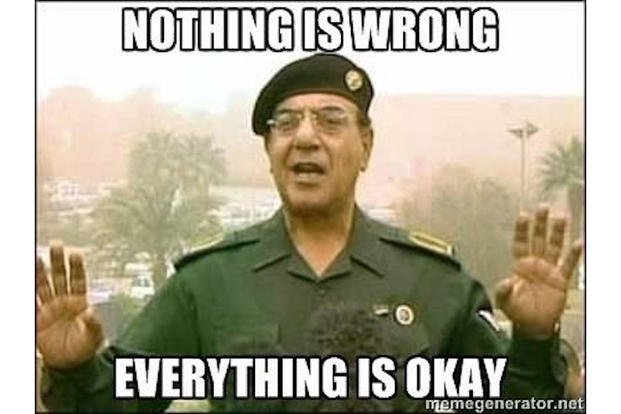
If we’ve learned anything, it’s to be careful about who you call a “wimp.”
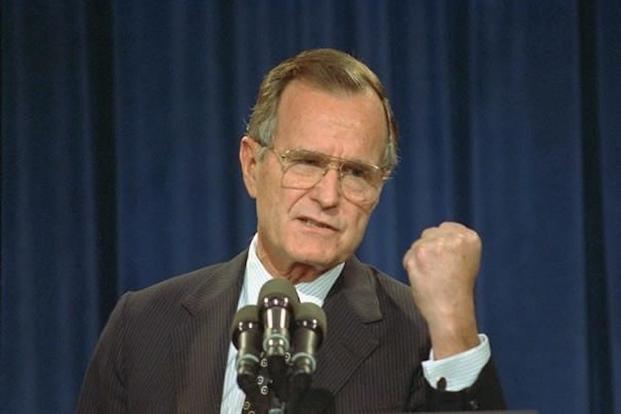
MORE POSTS FROM WE ARE THE MIGHTY:
17 wild facts about the Vietnam War
15 Unforgettable Photos From Operation Desert Storm
That time the US Army stole a Russian helicopter for the CIA
We Are The Mighty (WATM) is dedicated to serving the military community with authentic entertainment and original content. With a team of military veterans and civilian military supporters, WATM features premium original and curated video programming of all genres as well as photography, stories, quizzes, lists and much more. For more, visit the We Are the Mighty site.
